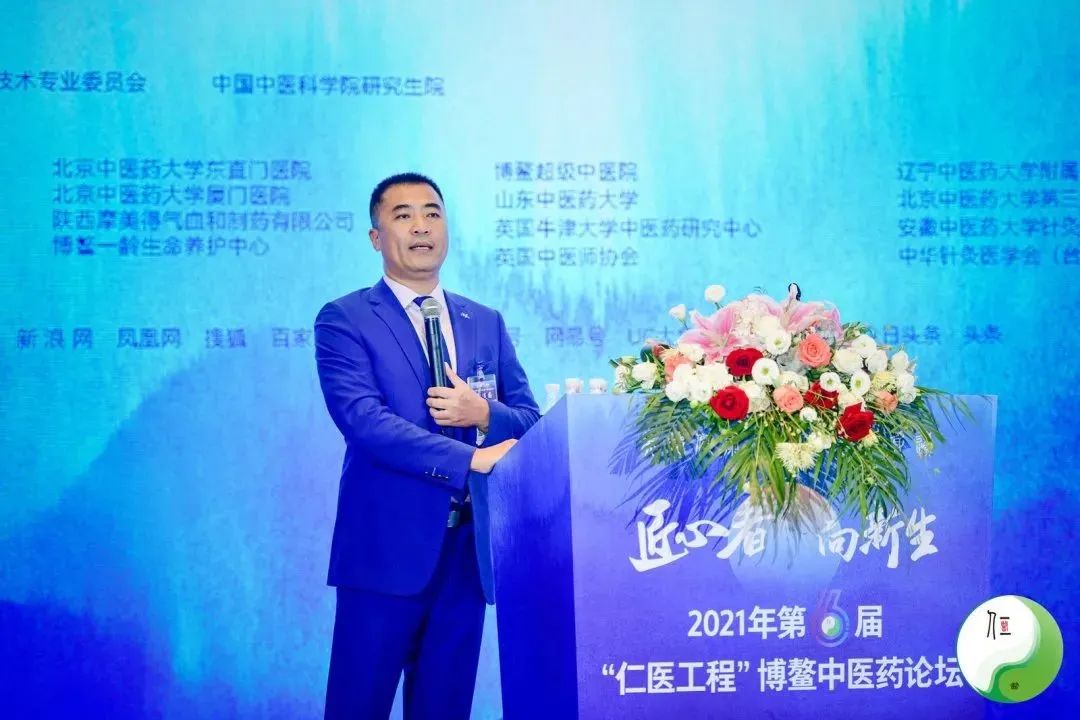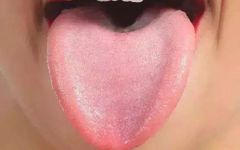 1. Content of Tongue Diagnosis
1. Content of Tongue Diagnosis
The content of tongue diagnosis mainly includes the observation of tongue body and tongue coating. The tongue body, which is the muscular and vascular structure of the tongue, reflects the qi and blood of the internal organs. Observing the tongue body includes four aspects: spirit, color, shape, and state, to assess the deficiency or excess of the internal organs and the condition of qi and blood.
The tongue coating refers to the layer of coating attached to the surface of the tongue, generated by the stomach’s fluids and qi. Observing the tongue coating includes examining the quality and color of the coating to determine the depth of the disease and the nature of the pathogenic factors. As stated in the “Medical Door Stick” (《医门棒喝》): “Observing the tongue can verify its yin and yang deficiency or excess, and examining the coating can reveal the cold or heat and depth of the pathogenic factors.” During tongue diagnosis, it is essential to comprehensively observe both the tongue body and coating, and analyze them together to arrive at an accurate diagnosis. When the changes in the tongue body and coating are consistent, it indicates a similar pathological mechanism, and the main disease is a combination of the meanings of both. When the changes are inconsistent, a comprehensive analysis of the causes, mechanisms, and interrelations of both must be conducted to accurately assess the patient’s condition.

 2. Normal Tongue Appearance
2. Normal Tongue Appearance
The normal tongue appearance features a moist and rosy tongue body, of moderate size, soft and flexible; the tongue coating is thin, white, and even, with a moderate quality of dryness and wetness, not sticky or greasy, and it has a root. This is commonly referred to as a light red tongue with a thin white coating, often called a “peach blossom tongue.” A normal tongue appearance indicates a strong stomach qi, abundant qi and blood, and normal organ function.
SPRING

Characteristics of Normal Tongue Appearance
The tongue body is soft and flexible The tongue color is light red and bright
The tongue coating is thin, white, and even The quality of the coating is moderate in dryness and wetness
The tongue shape is flat and symmetrical
However, the normal tongue appearance can be influenced by internal and external environmental changes, leading to physiological variations. Therefore, understanding the basic characteristics of normal tongue appearance, as well as the features and reasons for physiological variations and their distribution in healthy populations, is essential to recognize normal variations and avoid misdiagnosis.


 3. Factors Affecting Normal Tongue Appearance
3. Factors Affecting Normal Tongue Appearance 01Age and Gender Factors
01Age and Gender Factors
Age is an important factor in the physiological variation of tongue appearance. For example, children have a weak yin and yang, and their spleen and stomach functions are still developing. They often experience rapid growth and metabolism, which can lead to a tongue that is pale and tender, with less coating that is easily peeled off. In contrast, elderly individuals often have declining essence and qi, with qi and blood often being deficient, leading to reduced organ function and slower circulation, resulting in a darker red tongue. Generally, tongue appearance does not have a significant relationship with gender, but women may experience physiological changes during their menstrual cycle, leading to a reddened tongue body or enlarged papillae at the tip or edges during menstruation, which returns to normal afterward.
02Constitutional Factors
Due to differences in congenital endowment, individuals may have variations in tongue appearance. As stated in the “Guide to Tongue Differentiation” (《辨舌指南》): “A tongue without disease can have different shapes and colors; some are clean, some have a slight coating, some are bright red, some are pale white, some are tight and pointed, while others are loose and soft, and some may have teeth marks… This is due to the differences in individual constitution when there is no disease, hence the variation in tongue quality.” Clinically, it is common for overweight individuals to have a larger and paler tongue, while those who are thin may have a slightly thinner tongue with a redder color. Conditions such as fissured tongue, scalloped tongue, and geographic tongue are often congenital and generally do not have diagnostic significance unless accompanied by corresponding pathological manifestations.
03Climatic and Environmental Factors
Changes in seasons and regions can lead to variations in climate and environment, which in turn can affect tongue appearance. In terms of seasons, summer is characterized by heat and humidity, leading to a thicker tongue coating, sometimes with a light yellow color; autumn is dry, resulting in a thinner and drier coating; winter is cold, often leading to a moist tongue. Regionally, the southeastern part of China tends to be more humid and warm, while the northwest and northeast regions are colder and drier, which can also cause variations in tongue appearance.
Moreover, since tongue appearance can sensitively reflect internal bodily changes, it may change before any subjective symptoms appear. Therefore, if an abnormal tongue appearance is observed in a normal person, it is important to analyze the situation carefully. Generally, if there are factors corresponding to the variation in tongue appearance and no discomfort symptoms are present, it is likely a physiological variation. Otherwise, it should be considered a precursor to disease, and follow-up observation may be necessary.



Zhao Lianguo, a native of Jilin Province, is a member of the Communist Party and graduated from Changchun University of Traditional Chinese Medicine. He has studied under renowned TCM experts, including Professor Li Yueqing, a famous TCM master in the capital, and Professor Jing Xiaodong, one of the top ten doctors in Jilin City. He is a distinguished lecturer in the Green Therapy Department of Mo Mei De Qi and Blood, and a top lecturer on the Chinese Lecturer Network, specializing in the use of herbal plasters to treat pediatric and internal diseases, as well as blade needle therapy for pain management.




